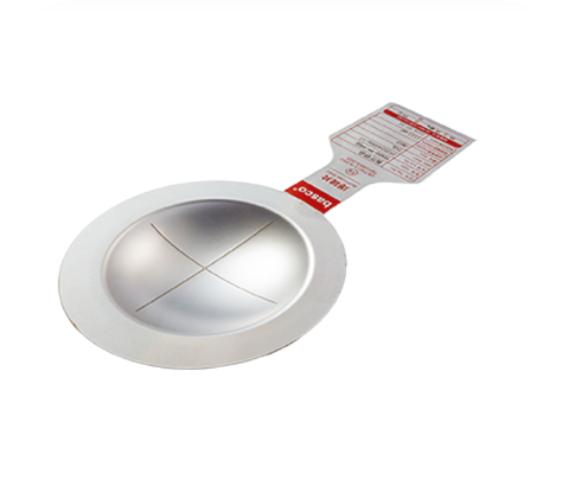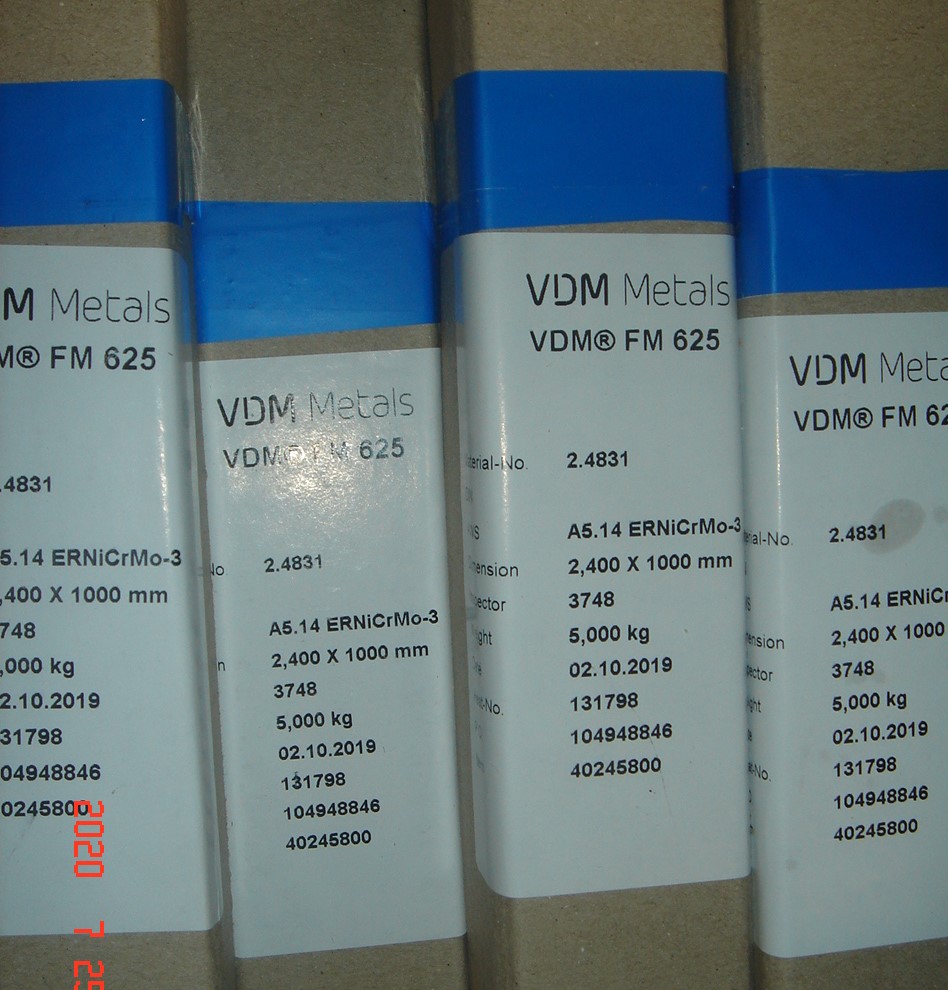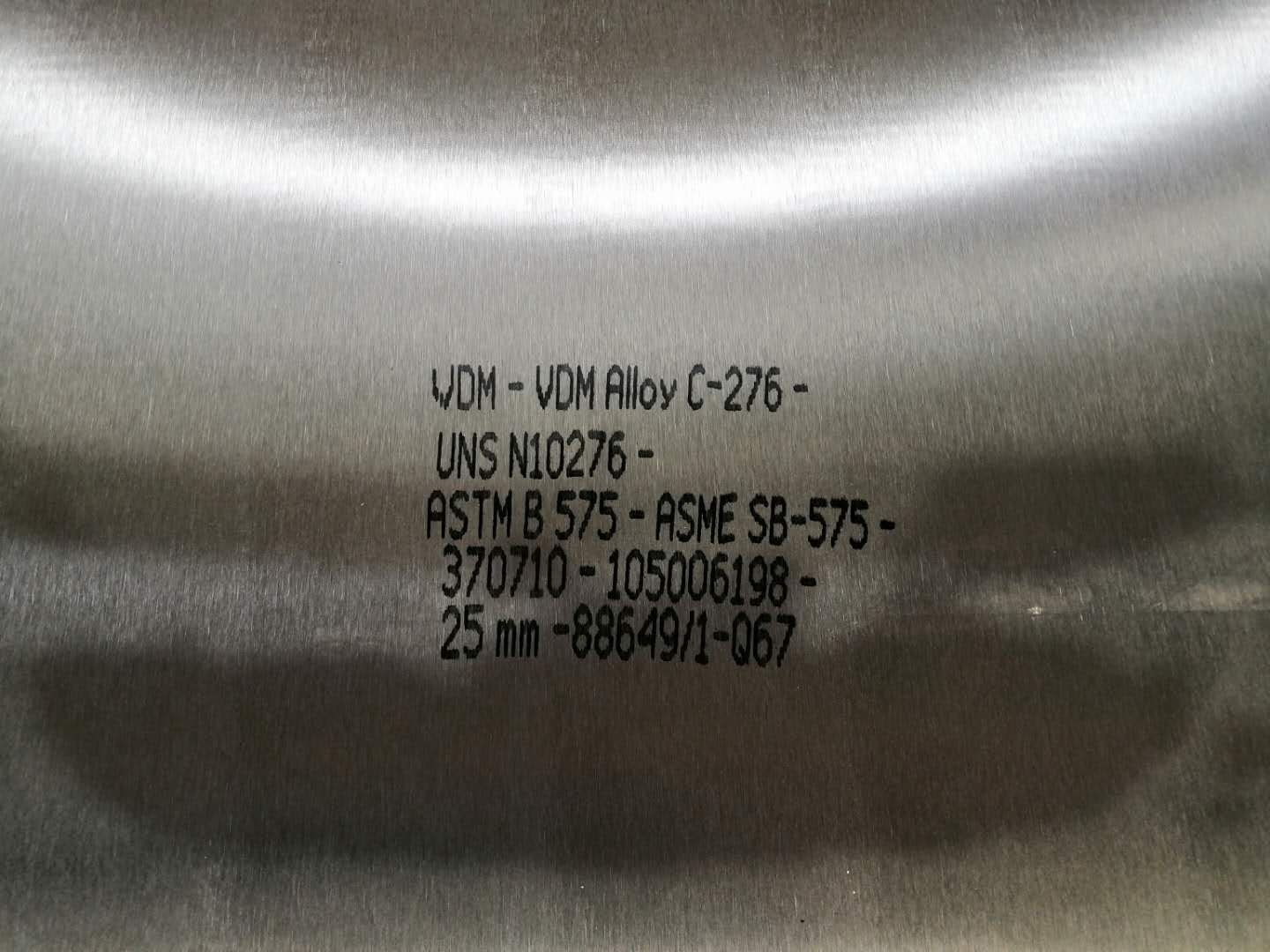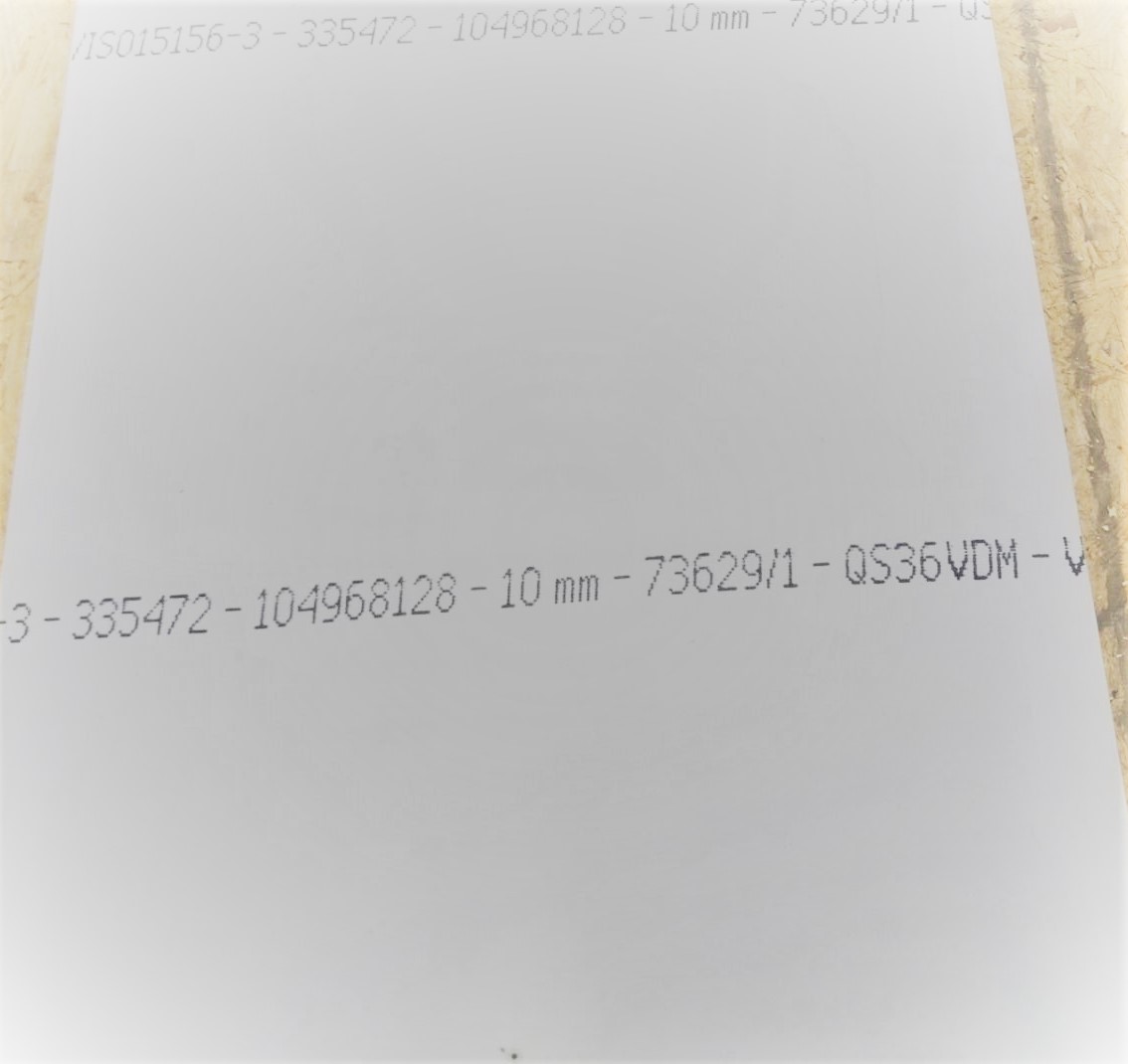The Hidden Defense under High Pressure: Entering the Rupture Disk Industry
Author: Date:2025-03-14 Browse Volume:125 timesPreface In many industrial fields such as the chemical industry, petroleum, and natural gas, there are a large number of working conditions environments that are high-pressure, high-temperature, flammable, explosive, or toxic and harmful. Ensuring the safe and stable operation of these complex systems is of utmost importance. The rupture disk, as a crucial safety pressure relief device, silently guards the front line of production. Today, let's take everyone to have an in-depth understanding of the mysteries of the rupture disk. I. What is a Rupture Disk? The rupture disk, also known as an explosion-proof disk or pressure relief disk, is a one-time-use overpressure relief safety device, usually installed at the predetermined weak part of a pressure-bearing device or pipeline. When the internal pressure of the device rises sharply and exceeds the limit pressure that the rupture disk can withstand, the rupture disk will quickly break, instantly opening the pressure relief channel to release the high-pressure medium inside the container, avoiding catastrophic accidents such as explosions and deformations of the device due to overpressure, and thus ensuring the safety of personnel, equipment, and the surrounding environment. Compared with the traditional safety valve, the rupture disk has the advantages of sensitive action, fast relief speed, and good sealing performance, and is especially suitable for special working conditions where rapid overpressure may occur, the medium is highly corrosive, or the safety valve is likely to be blocked. II. The Working Principle of the Rupture Disk The core principle of the rupture disk is based on the mechanical properties of the material and the pressure balance relationship. Under normal working conditions, both sides of the rupture disk bear the internal pressure of the device and the external environmental pressure (usually atmospheric pressure), and maintain sealing by virtue of its own strength and structural integrity. Once the internal pressure of the device surges due to factors such as process out-of-control, fire, and abnormal chemical reactions, the force acting on the pressure-receiving surface of the rupture disk also increases. When this force reaches the pre-designed bursting pressure of the rupture disk, the material begins to yield, stretch until it breaks, and the high-pressure medium will flow out to the low-pressure side through the opened notch of the rupture disk like a torrent, and the pressure will quickly decrease until it returns to the safe range. III. Quality Requirements for the Plate Surface The rupture disk is undoubtedly the "safety valve" at the critical moment, and the surface quality of its plate is of paramount importance, which is related to the accuracy and reliability of the entire pressure relief system. - Microscopic Flatness: Precision Decides in Millimeters and Centimeters The microscopic surface flatness of the rupture disk plate is extremely "stringent". From the beginning of the manufacturing process, whether it is stamping or corrosion processing, it is necessary to ensure that the plate surface is smooth and uniform at the microscopic scale. Taking the flatness requirement at the micron level as an example, this means that the deviation of the undulation of the plate surface is strictly controlled within a very small range. Why is it so precise? Because in a high-pressure environment, even a slight protrusion or depression may cause local stress concentration. When the internal pressure of the device rises, these uneven stress points are like "time bombs" buried, which are likely to cause premature bursting, making the rupture disk unable to start precisely at the predetermined pressure, thus disrupting the entire safety protection rhythm and exposing the device to the risk of damage due to overpressure. - Smoothness: Reducing Friction Resistance and Ensuring Smooth Relief The smoothness of the plate surface is directly related to the efficiency of the relief process. The high smoothness requirement means that the plate surface is like a mirror surface, which can greatly reduce the friction resistance of the medium when it flows through the moment the rupture disk breaks. Imagine that when the chemical device needs emergency relief due to overpressure, the corrosive fluid or flammable and explosive gas needs to break through the rupture disk and flow out as quickly as possible. If the plate surface is rough, the flow of the medium will be blocked, not only reducing the relief speed and prolonging the time that the device is in a high-pressure dangerous state, but also possibly inducing chemical reactions of some sensitive media due to the heat generated by friction, causing secondary dangers. The high-smooth surface achieved through processes such as precision grinding and electrolytic polishing is like opening a "high-speed channel" for the relief flow, ensuring that the high-pressure medium can flow out rapidly and quickly restore the device to a safe state. - No Defects or Cracks: Eliminating the Breeding of Hidden Dangers Surface defects and cracks are absolute "forbidden areas" for the rupture disk. During the material processing, transportation, and even daily storage processes, any tiny scratches, pits, or fine cracks may be infinitely magnified under high pressure. Even a hair-thin crack that is difficult to distinguish with the naked eye may quickly expand and spread when subjected to a huge pressure impact, resulting in a sudden drop in the overall strength of the rupture disk and instant fragmentation into dangerous fragments. Non-destructive testing technologies such as ultrasonic flaw detection and magnetic particle testing are used to screen each plate one by one, just to find out these potential "killers" and ensure that each rupture disk put into use has a perfect surface, fundamentally building a solid defense line for industrial safety.
Conclusion Although the rupture disk is small, it shoulders the heavy responsibility of industrial safety. Countless wisdom and experience are condensed behind its material science and engineering design. Each precisely selected and carefully manufactured rupture disk is the most solid commitment to production safety, allowing the industrial giant ship to sail smoothly in the waves of risks.





